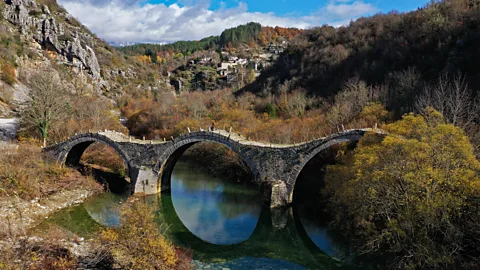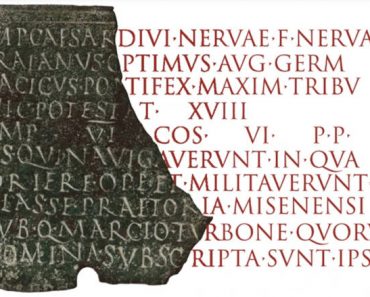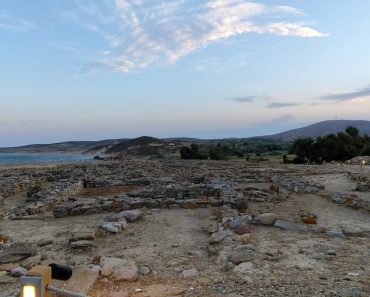 Getty Images
Getty ImagesLater that day, we followed Contomichalos and Georgaras along a 7.4km path from Vitsa to the village of Kipoi to visit some of the region’s most famous stone landmarks: the bridges of Missiou, Kokkori and Mylos, each built in the 1700s.
Much like its stone villages, Zagori’s footpaths look like they emerged organically from the mountain. “They were built based on in-depth knowledge of local climate,” Georgaras said. On each side of the cobblestone path, small canals ran parallel to the slope. “These were designed to disperse rainfall and avoid landslides,” Gorgers explained. “While if you look at this column,” he said, pointing to the limestone pillars built in 1750 to support the arching Kokkori bridge, “you’ll see that they are V-shaped to withstand the predominant currents of the river.”
According to Polyxeni Mantzou, a professor of architecture at the University of Ioannina, the fact that these paths, bridges and homes were designed to embrace nature rather than control it has allowed them to survive for centuries with relatively little maintenance. “They built according to the climate, the morphology and using local materials,” said Mantzou. “They had an excellent understanding of place.”
As we walked to Kipoi, I noticed other details that reveal the region’s unique history. “This signpost here is carved with the name of donors who financed this part of the footpath,” Georgaras said, pointing to a limestone cliff inscribed with a cross, date and list of names. “Most public buildings like bridges, schools and churches were financed by wealthy tradesmen during the 17th, 18th and 19th Century,” he explained.








